Space Exploration
Latest about Space Exploration
-
-

Scientists are getting our robotic explorers ready to help send humans to Mars
By Sharmila Kuthunur Published
-

NASA chief Jared Isaacman says Texas may get a moonship, not space shuttle Discovery
By Tariq Malik Published
-
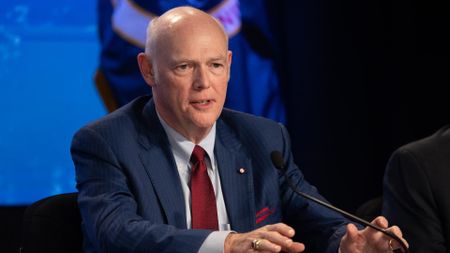
Former United Launch Alliance CEO Tory Bruno joins competitor Blue Origin for national security projects
By Tariq Malik Published
-
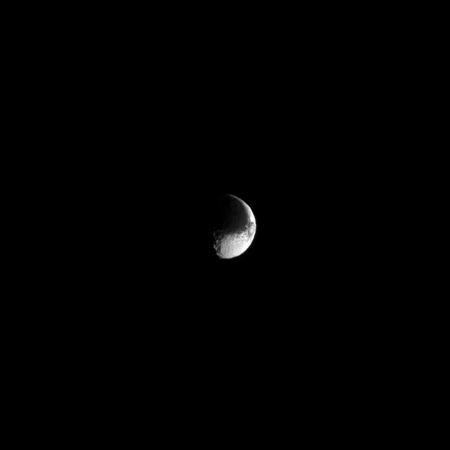
On this day in space: Dec. 31, 2004: Cassini Spacecraft Flies by Iapetus
By Hanneke Weitering Last updated
-
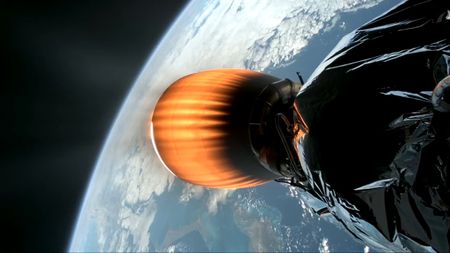
SpaceX shatters its rocket launch record yet again — 165 orbital flights in 2025
By Mike Wall Published
-

Space debris led to an orbital emergency in 2025. Will anything change?
By Leonard David Published
-
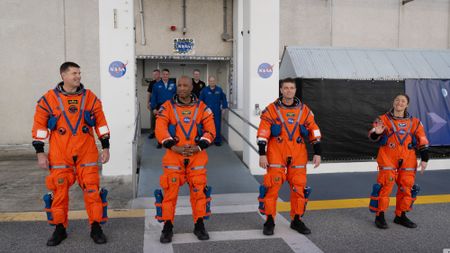
Artemis 2 moon astronauts rehearse for launch day (photos)
By Andrew Jones Published
-
Explore Space Exploration
Human spaceflight
-
-

Scientists are getting our robotic explorers ready to help send humans to Mars
By Sharmila Kuthunur Published
-
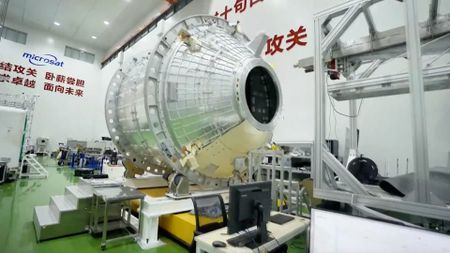
Meet Qingzhou, China's next-gen cargo craft for its Tiangong space station (video)
By Andrew Jones Published
-
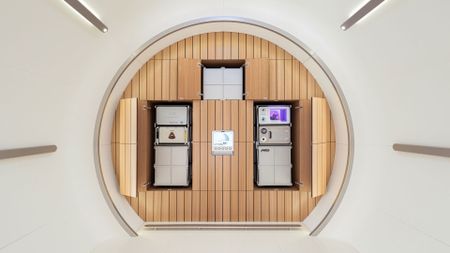
Experiments on a private space station: Vast asks scientists for research proposals
By Andrew Jones Published
-
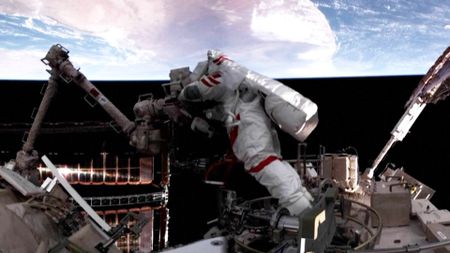
Chinese astronauts inspect damaged Shenzhou 20 spacecraft during 8-hour spacewalk (video)
By Mike Wall Published
-
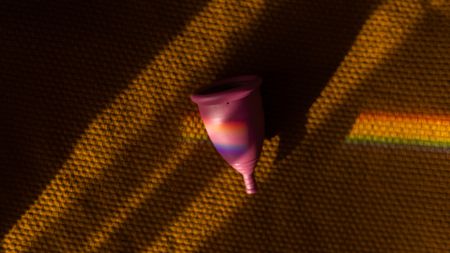
Scientists sent a menstrual cup to space. This is how it went
By Jessica Rendall Published
-

Blue Origin's next space tourism flight will break new ground for people with disabilities
By Leonard David Published
-
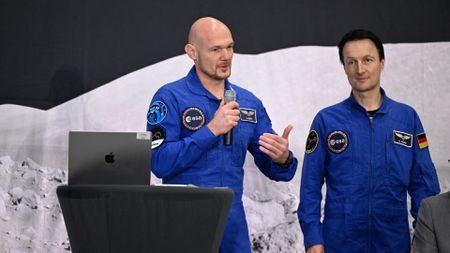
1st European to fly to the moon will be German
By Tereza Pultarova Published
-
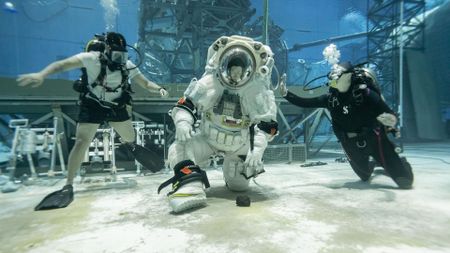
NASA astronauts take new moonsuit for a swim | Space photo of the day for Nov. 28, 2025
By Kenna Hughes-Castleberry Published
-
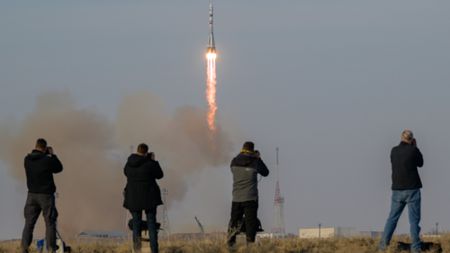
US-Russian Soyuz crew launches to the International Space Station on Thanksgiving Day
By Robert Z. Pearlman Last updated
-
Launches & Spacecraft
-
-

Space debris led to an orbital emergency in 2025. Will anything change?
By Leonard David Published
-
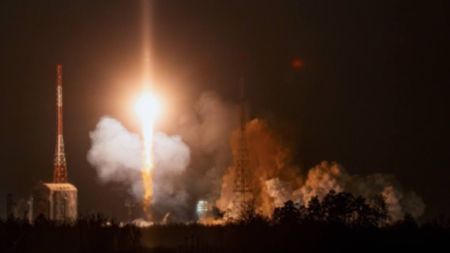
Iran says it launched 3 satellites to space on Russian rocket: report
By Tariq Malik Published
-
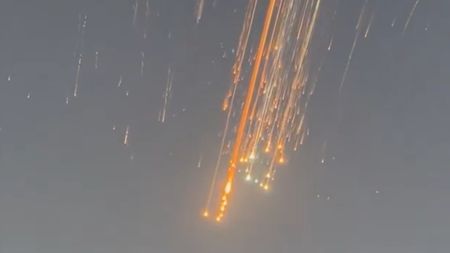
12 times rockets and spacecraft crashed and burned in 2025
By Mike Wall Published
-
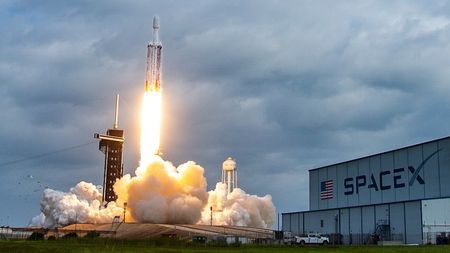
Rocket launch today: Is there a rocket launch and what time?
By Josh Dinner Last updated
-

Record launches, reusable rockets and a rescue: China made big strides in space in 2025
By Andrew Jones Published
-
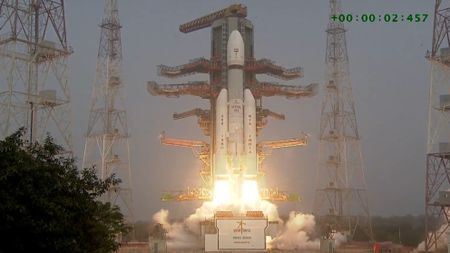
Indian rocket launches record-breaking BlueBird 6 smartphone satellite to orbit (video)
By Mike Wall Last updated
-
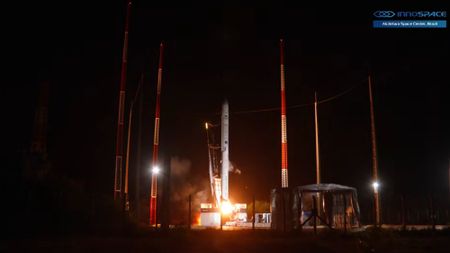
South Korean startup Innospace fails on its 1st orbital launch attempt
By Mike Wall Published
-
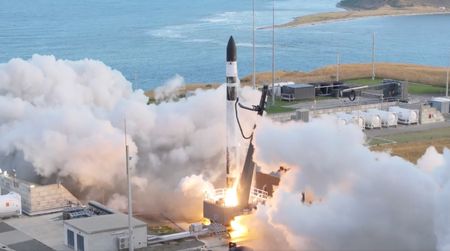
Rocket Lab launches final mission of 2025, sends Japanese Earth-observing satellite to orbit (video)
By Mike Wall Published
-
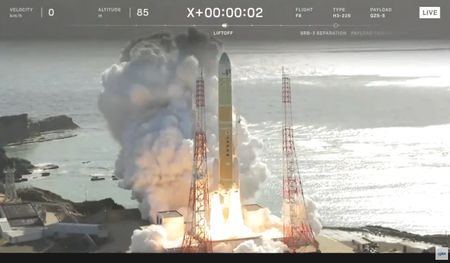
Japanese H3 rocket fails during launch of navigation satellite (video)
By Mike Wall Published
-
Missions
-
-

Artemis 2 moon astronauts rehearse for launch day (photos)
By Andrew Jones Published
-

Lower-cost space missions like NASA's ESCAPADE are starting to deliver exciting science – but at a price in risk and trade‑offs
By Ari Koeppel Published
-
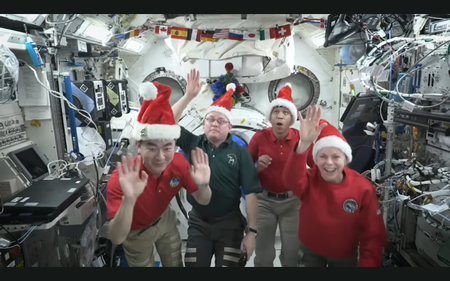
Astronauts beam home Christmas wishes from International Space Station: 'I think we may be orbiting a little higher than Santa' (video)
By Tariq Malik Published
-
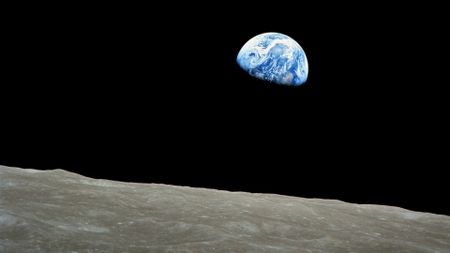
NASA's Apollo 8 moonshot saved 1968. Could Artemis 2 do the same in 2026?
By Roger Guillemette Published
-
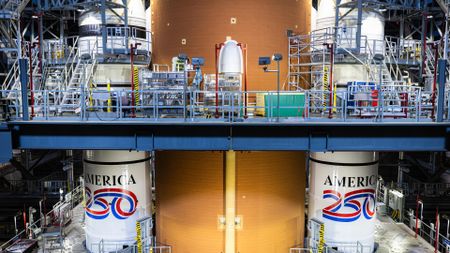
Artemis 2 moon rocket gets 'America 250' paint job | Space photo of the day for Dec. 23, 2025
By Kenna Hughes-Castleberry Published
-
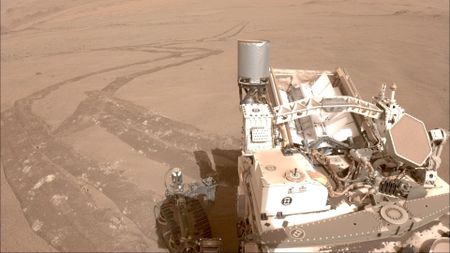
NASA's Perseverance Mars rover could break the record for miles driven on another planet
By Sharmila Kuthunur Published
-
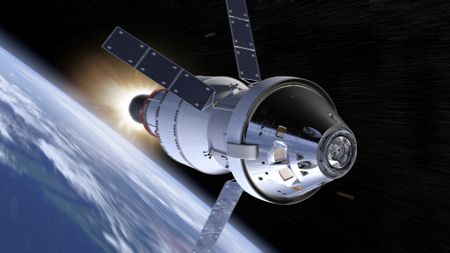 Reference
ReferenceNASA's Artemis 2 mission: Everything you need to know
By Brett Tingley Last updated
-
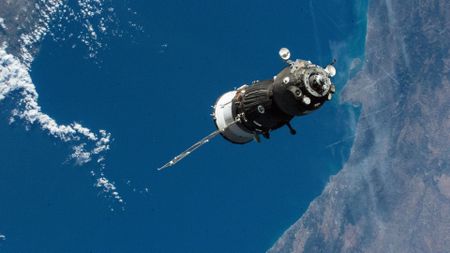
Crewed Russian spacecraft meets up with ISS | Space photo of the day for Dec. 17, 2025
By Kenna Hughes-Castleberry Published
-

Astronaut sees gorgeous 'skies of blue and clouds of white' | On the International Space Station this week Dec. 8-12, 2025
By Robert Z. Pearlman Published
-
Private spaceflight
-
-

SpaceX shatters its rocket launch record yet again — 165 orbital flights in 2025
By Mike Wall Published
-
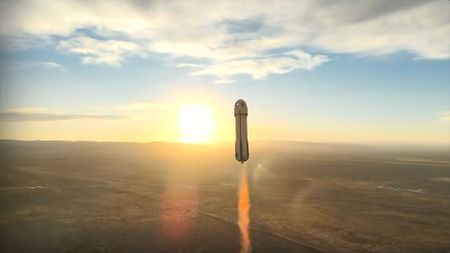
Blue Origin launches 1st wheelchair user to space and back (video)
By Mike Wall Last updated
-
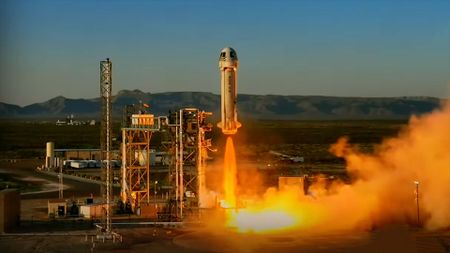
Blue Origin targeting Dec. 18 for historic 1st spaceflight of wheelchair user
By Mike Wall Published
-
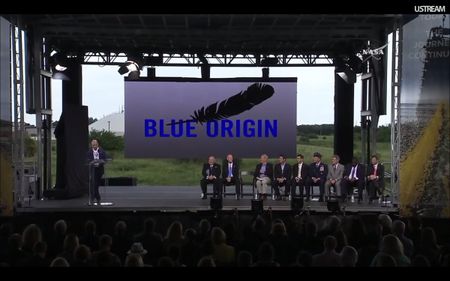
From Bezos to beyond: Blue Origin quiz
By Kenna Hughes-Castleberry Published
-

Next Blue Origin tourist launch will fly wheelchair user to space for 1st time
By Mike Wall Published
-
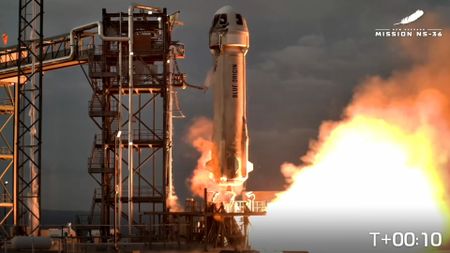
Blue Origin launches 6 'Space Nomads,' including mystery passenger, on suborbital space tourist flight (video)
By Mike Wall Published
-

Watch Blue Origin launch its 15th space tourism mission today
By Mike Wall Last updated
-

Blue Origin reveals space tourists to launch on next New Shepard rocket
By Mike Wall Published
-
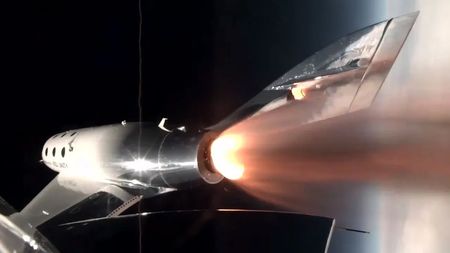
Virgin Galactic to launch 'Purdue 1' human spaceflight in 2027
By Mike Wall Published
-
Satellites
-
-

Golden satellite insulation sparkles during test | Space photo of the day for Dec. 30, 2025
By Kenna Hughes-Castleberry Published
-
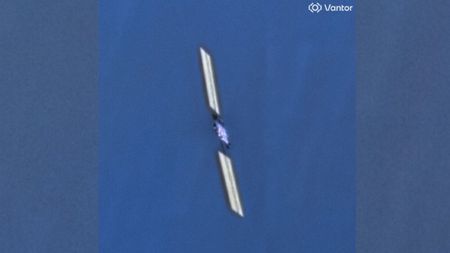
Doomed SpaceX Starlink satellite photographed from orbit
By Mike Wall Published
-
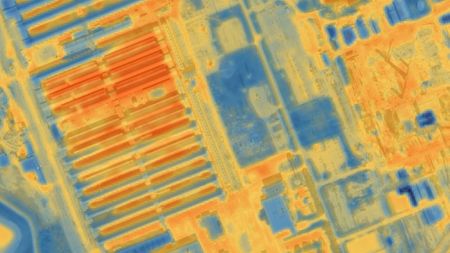
Satellites reveal heat leaking from largest US cryptocurrency mining center
By Tereza Pultarova Published
-
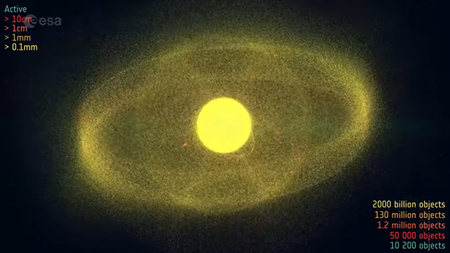
These 2 companies are teaming up to offer insurance for space debris strikes on satellites
By Andrew Jones Published
-
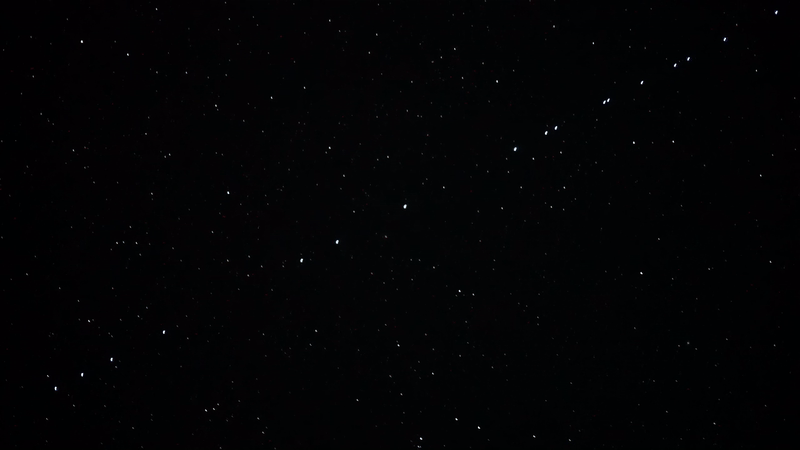 Reference
ReferenceStarlink satellite train: how to see and track it in the night sky
By Daisy Dobrijevic Last updated
-
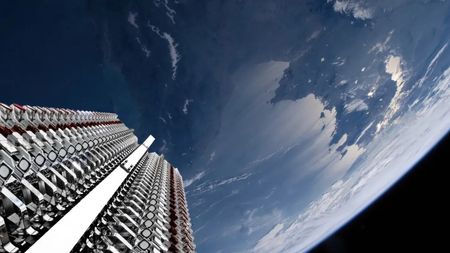 Reference
ReferenceStarlink satellites: Facts, tracking and impact on astronomy
By Tereza Pultarova Last updated
-
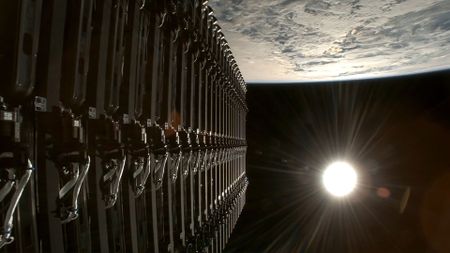
A SpaceX Starlink satellite is tumbling and falling out of space after partial breakup in orbit
By Mike Wall Published
-
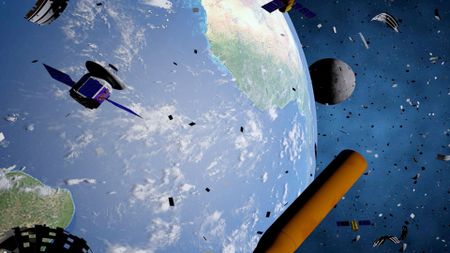
'Crash Clock' reveals how soon satellite collisions would occur after a severe solar storm — and it's pretty scary
By Tereza Pultarova Published
-
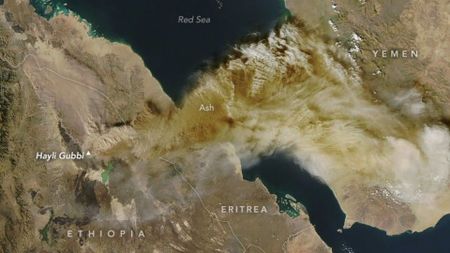
Satellite watches volcano spew ash over Middle East | Space photo of the day for Dec. 16, 2025
By Kenna Hughes-Castleberry Published
-
Search for Life
-
-
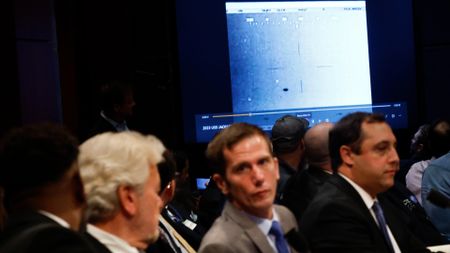
We didn't find answers in 2025, but UFO researchers say the search continues
By Leonard David Published
-
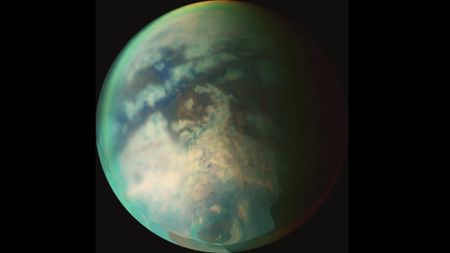
Surprise! Saturn's huge moon Titan may not have a buried ocean after all
By Charles Q. Choi Published
-

Which exoplanet in the TRAPPIST-1 system could be habitable? Scientists are modeling the star to find out
By Samantha Mathewson Published
-
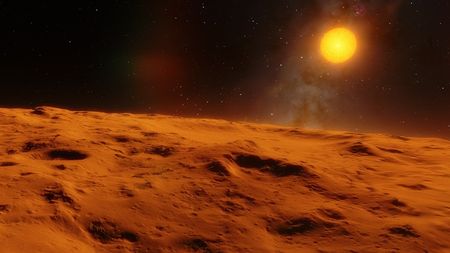
Beyond the habitable zone: Exoplanet atmospheres are the next clue to finding life on planets orbiting distant stars
By Morgan Underwood Published
-
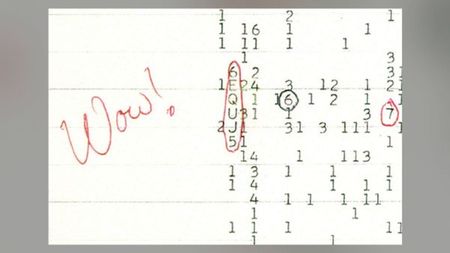
SETI's 'Noah’s Ark' – a space historian explores how the advent of radio astronomy led to the USSR’s search for extraterrestrial life
By Gabriela Radulescu Published
-
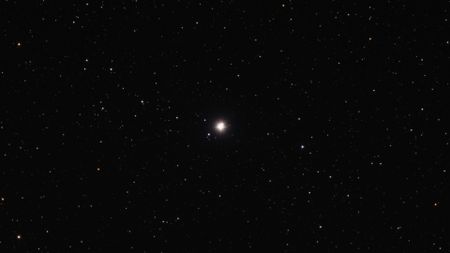
Scientists want to search for life in this double star system devoid of giant exoplanets. Here's why
By Kiona N. Smith Published
-
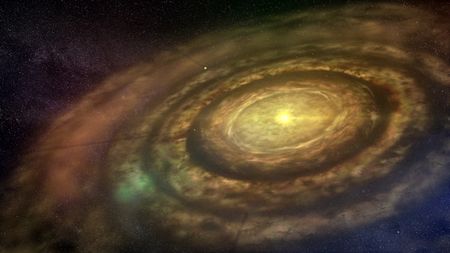
Planets may make their own water as they form — could that mean more habitable worlds in the universe?
By Sharmila Kuthunur Published
-
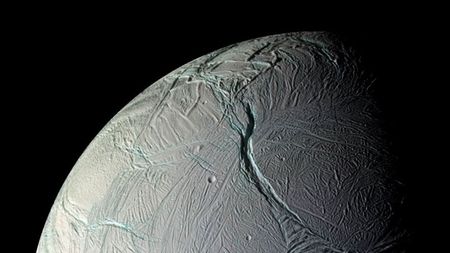
Heat leaking from Saturn's ocean moon Enceladus bolsters its case as an abode for life
By Keith Cooper Published
-
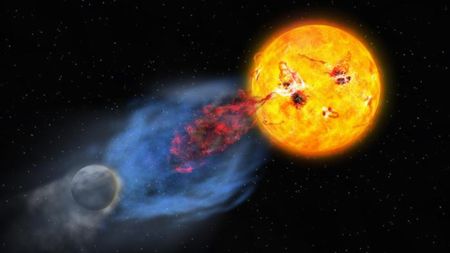
Powerful solar storms may help life get going on alien planets. Here's how
By Keith Cooper Published
-
